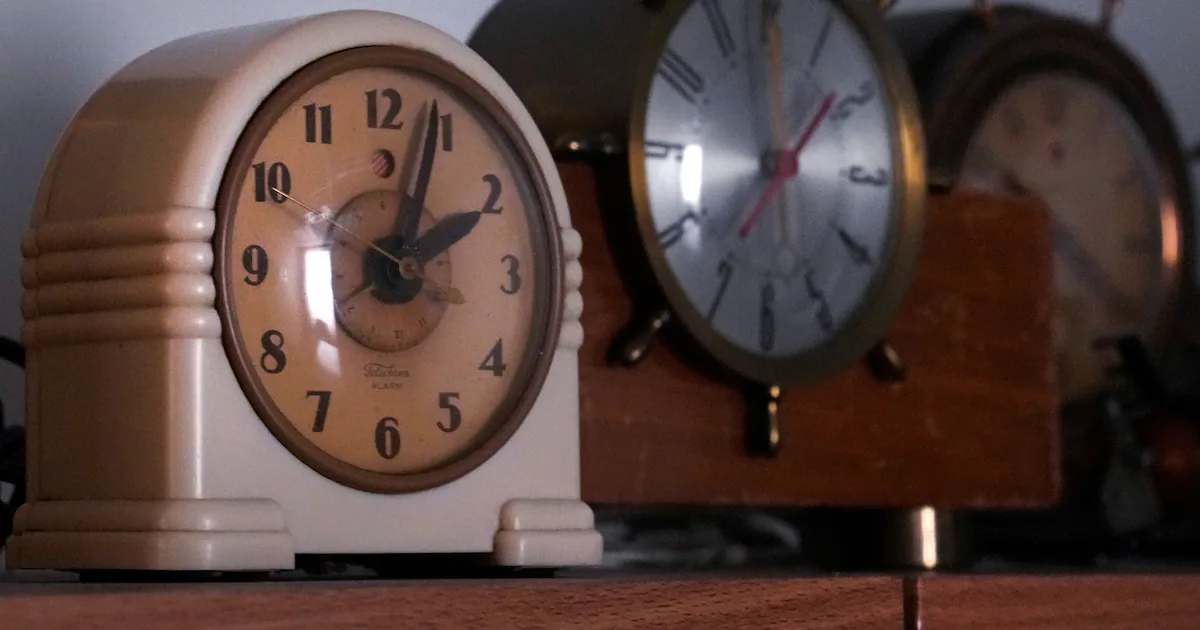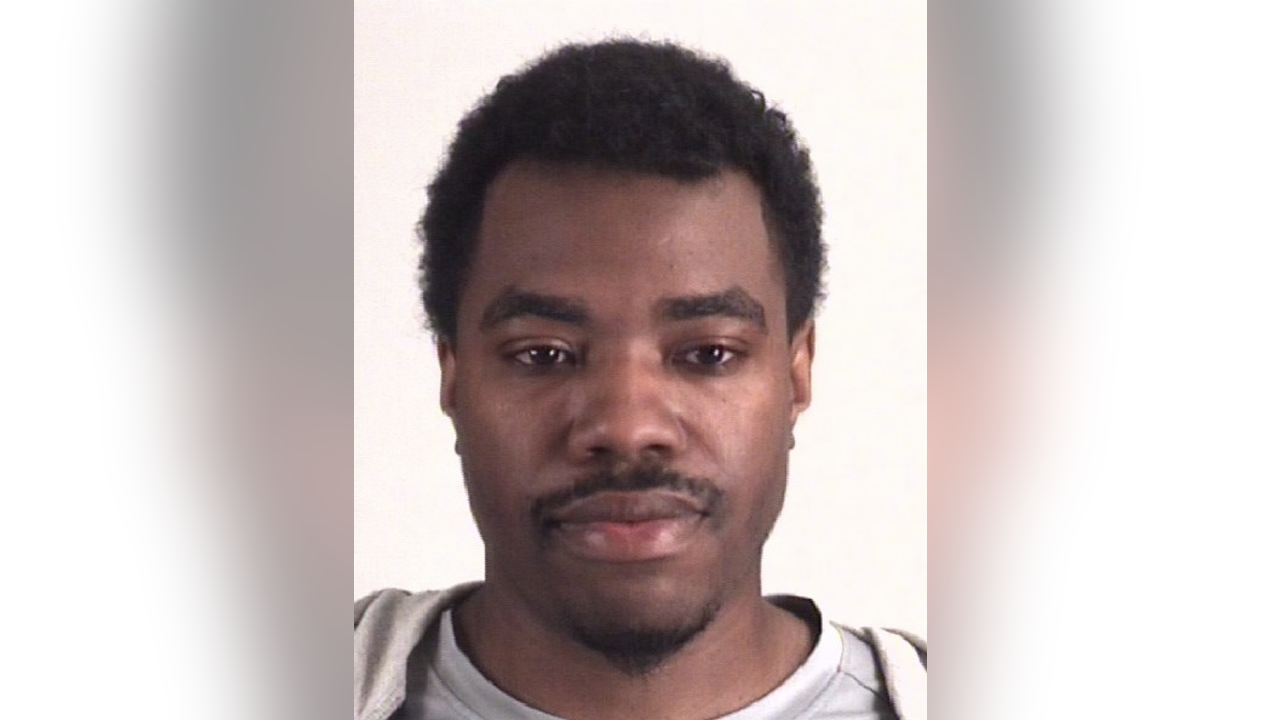Copyright Anchorage Daily News

On Nov. 2, Alaskans will again “fall back” as we return to Alaska Standard Time. We’ll reset clocks, enjoy an extra hour of sleep, and for a moment, ask the same question we always do: Why are we still doing this? Twice a year, we change our clocks but not our habits. We promise reform, but mostly we fall back — keeping old patterns that no longer work. That’s why, when encouraged by constituents, I started studying this issue. I didn’t plan to sponsor a “time bill.” Frankly, “Fall Back, Spring Forward” is the only part of this issue that is easy to understand, since time can’t truly be “saved,” only shifted. While there are many more pressing issues, few directly improve people’s health at no cost. And the more I looked at it, the more I saw what it revealed about us as a state. Every year we promise to do better — on energy, on education, on housing, on our fiscal plan — and every year we find a reason to wait. We say we’ll get to it next session, next election, next time. And just like the clock, we fall back. So I introduced House Bill 229, which would keep Alaska on permanent Standard Time and end the twice-per-year clock change once and for all. It’s a small bill, but it’s about something bigger: whether we still have the courage to make decisions that are entirely within our own control. To be fair, HB 229 is not the only bill on this issue. There are four in total, but they all do one of two things: move Alaska permanently to existing Standard Time (HB 229, SB 102), or petition the federal government to move Alaska to permanent Daylight Saving Time (HB 41, SB 26). Let’s be clear on this one point in an otherwise twilight zone issue: Alaska has sole authority to adopt existing Alaska Standard Time to end this debate and future clock changes. No federal review or permission required. Because of a quirk of federal law, if we choose to adopt permanent Daylight Saving Time (as competing bills propose to do), we must wait for Federal DOT or Congress to allow the change. Moreover, the science is clear: Changing the clock twice a year hurts people. The American Academy of Sleep Medicine and others have documented spikes in heart attacks, traffic accidents and mental-health crises after each change, especially the spring shift when we get up early. Alaskans already live at the extremes of light and dark, and clocks in the western parts of our state are severely misaligned with the sunrise and sunset. Moving to permanent Daylight Saving time would push communities — where students already head to school in the dark for most of the year — further out of alignment with the natural circadian rhythms. And yet, we’ve let this simple issue become as tangled as our own politics. Polling from Data for Progress shows some want permanent Daylight Saving Time, others want permanent Standard Time, but more than 95% say they don’t want to change their clocks anymore. Less than 1% want to keep switching. Asked only about Daylight Saving Time, 98% ay they would get rid of it if they could. And, when asked about the options of Standard Time versus Daylight Saving Time, 76% would choose Standard Time. (Data for Progress July 2025). Ending the clock change won’t transform our economy or solve our energy crisis. And I understand that those in the visitor and recreation industries prefer the current summer Daylight Savings Time’s longer evening hours and our land of the “midnight sun,” but the days won’t actually get any longer — it’s our choice how we use the hours we have. It’s also our choice to start doing something, rather than avoiding tough decisions and waiting for a non-election year, a new governor, new representatives ... someone to do something. We have bigger challenges ahead: securing reliable energy, fixing and filling our schools, building affordable housing, diversifying our economy. But every one of those starts with the same question that this small bill, HB 229, asks: Are we willing to act in the best interests and preferences of Alaskans, with the authority granted to us, or will we just keep resetting and falling back again? I’m tired of the cycle. Maybe you are, too. Let’s stop complaining about the same problems every year and start solving the ones we can. If Alaska can’t even decide what time it is without asking permission, how are we going to lead our own future? We can’t change the length of the day, but we can choose how we use the time we have. It’s time to stop falling back — on the clock and as a state — and start moving forward. Rep. Ky Holland serves House District 9, representing South Anchorage, Hillside, Girdwood and Whittier.



